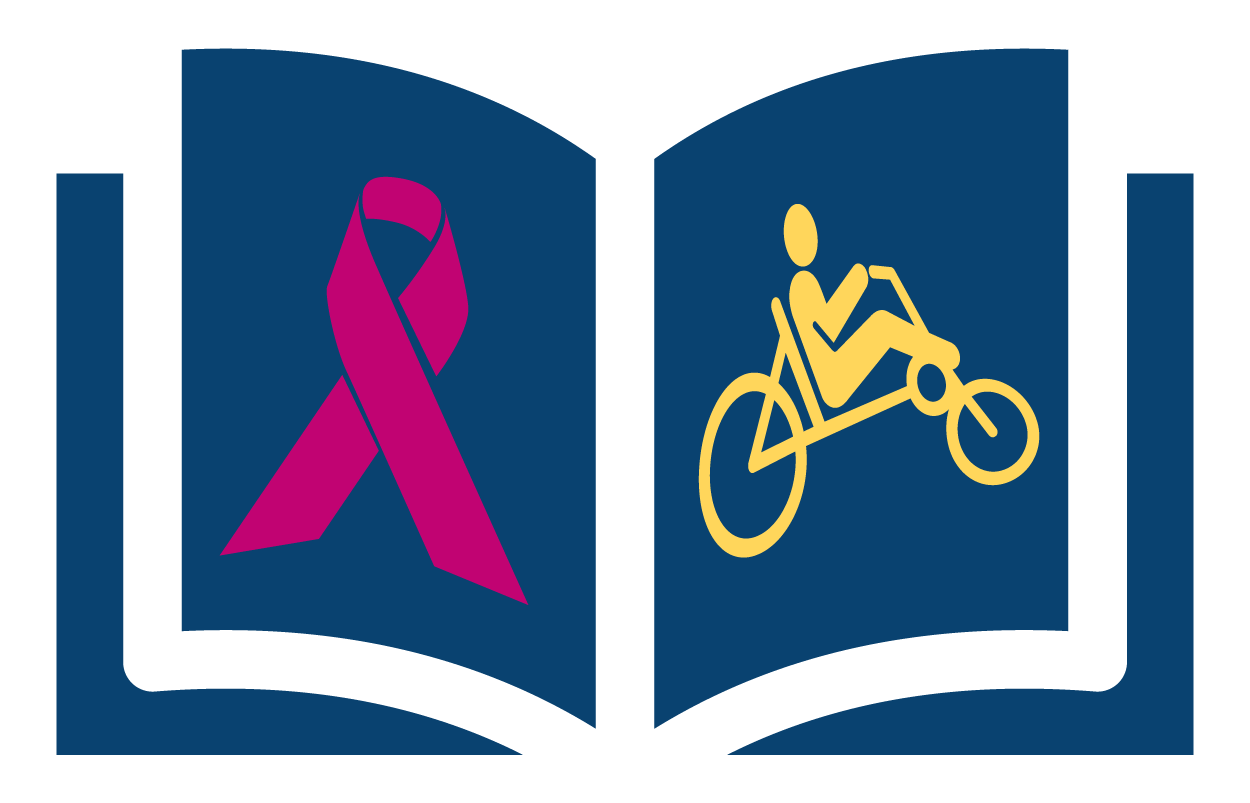When we first arrived in Aleppo, Fadi had offered to take us out to see Saint Simeon, a church about 40 km to the north of Aleppo. Unfortunately, Becky was not feeling up for the trip, so we had to decline. Today, with Becky feeling much better, we took Fadi up on his offer. The rest of his family had other plans, so it was just Fadi and us in the car. Since there was room for two more people, Katja and Mirko jumped at the opportunity to join us.
On the way up to Saint Simeon, we stopped too look at an ancient Roman tomb. This was not an “official” tourist site, just a place that we drove up to and stopped on the side of the road. It is amazing how many ancient sites exist in the area that are not preserved. Until recently, people would use the stones of ancient buildings in construction of their homes. Now, the Syrian government has made such excavations and re-use illegal – so the ancient sites will remain unmolested by locals seeking building materials. That is the theory at least.
The Saint Simeon (Qal’at Sam’aan) grounds are located atop a large hill that is covered in pine trees. The site was built in the 5th century, and the churches have been partially restored, so you get a sense of their original splendor. Being atop a hill, you also get a spectacular view of the surrounding countryside. We especially enjoyed the fresh air – something that is definitely not a regular attribute of Aleppo.
It was nice to see the forest as we drove up. Our first impression of the site was how clean it was. There were garbage cans everywhere and there must have been people employed to clean up anything that escaped. This was a nice change from the other litter filled sites in Syria.
Our guidebook warns that the site can be crowded, but we were lucky that there was only one small tour group there and a few individuals. We were able to take many pictures without people, which is an indication of the lack of crowding. That is definitely one advantage of visiting places during the off season, we have managed to avoid the crowds at all the major attractions.
Saint Simeon was famous for standing upon a pillar – originally 3 meters high, then extended to 6, 11, and finally 18 meters. He spent 36 years on top of the pillar. Today, only a small portion of his pillar still exists. The main church was built around the pillar. It took 14 years to build, and when it was completed it was both the largest and most important church in the world, surpassed later only by Aya Sofya. There are four basilicas surrounding the pillar, with the largest of the four to the east. According to Fadi, the four were constructed in the shape of Jesus as he lay on the cross, with his head tilted to the right. When looking west to east across the pillar, it is easy to see the how the Eastern basilica is tilted.
After our day of adventuring, we decided to go out for a nice dinner – since Becky has a stomach bug on Christmas, we missed out on the Sheraton’s Christmas buffet. We heard much about it from the tour group staying at our hotel, so Becky was left craving ham! One thing that people seem to forget to mention about Muslim countries is that you cannot buy any pork products. Becky finds it odd that alcohol is readily available but pork is almost totally absent. So, after an overdose of ham in Italy, we are left craving it after a few months without.
For our nice dinner out we headed to the Beit Wakil, reported to be one of the best restaurants in all of Syria. It was recommended by Fadi as well. Unfortunately, it did not turn out to be a pleasant meal for Becky. The majority of their dishes involve lamb, and even the “all beef” dish that Becky ordered turned out to contain lamb. So Becky enjoyed a variety of Mezze (starters), while Scott had their famous lamb and cherry kabobs. Although Scott found the meal very yummy, Becky left feeling very disappointed and a little hungry. Eating out in Syria was definitely proving to be a challenge for Becky, so we were extra glad to be able to cook for ourselves at the Al Gawaher hotel.









Leave a Reply